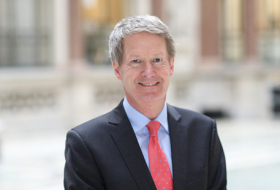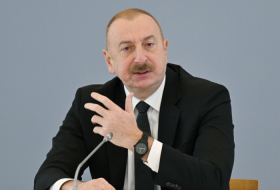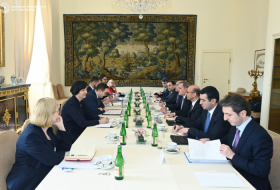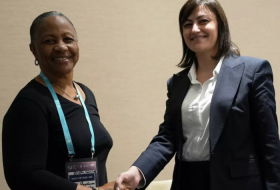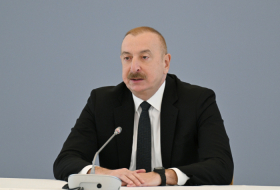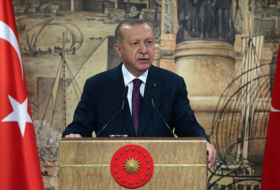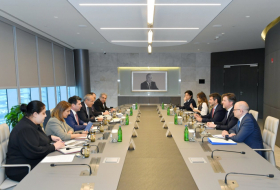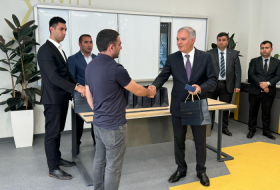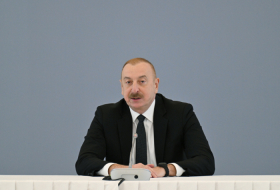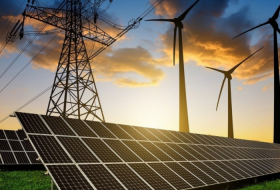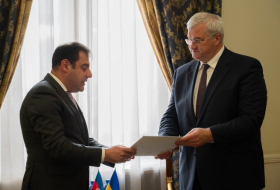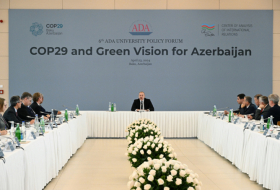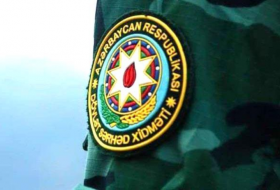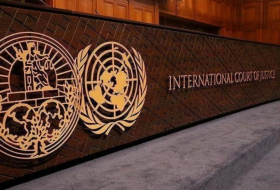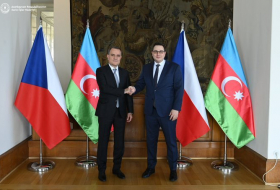North Korea accused of `maniacal recklessness` after nuclear test triggers earthquake

Barack Obama, who was briefed on board Air Force One by National Security Adviser Susan Rice as he returned to the US from an Asian tour, said provocative actions by North Korea would have “serious consequences”.
“To be clear, the United States does not, and never will, accept North Korea as a nuclear state,” Obama said in a later statement. He said he would work “to take additional significant steps, including new sanctions, to demonstrate to North Korea that there are consequences to its unlawful and dangerous actions.”
The UN security council agreed at an urgent meeting on Friday to immediately begin work on a new raft of sanctions.
During the meeting behind closed doors, the council strongly condemned the test and agreed to begin drafting a new resolution under article 41 of the UN charter, which provides for sanctions.
Shinzo Abe, the prime minister of Japan – which had called for the emergency UN meeting – described North Korea’s nuclear weapons programme as a “grave threat” to Japan.
Japan’s top government spokesman, Yoshihide Suga, labelled North Korea a “neighbourhood outlaw” and said Tokyo was considering a new round of bilateral sanctions.
China, North Korea’s traditional ally and major aid provider, voiced its “firm opposition” to the test. “We strongly urge [North Korea] to honour its commitment to denuclearisation, comply with relevant UN security council resolutions, and take action to stop the situation from deteriorating,” the foreign ministry said.
The South Korean president, Park Geun-hye, denounced the test as a clear violation of security council resolutions banning the North from developing nuclear and other weapons of mass destruction. Park accused Kim of “maniacal recklessness” in his pursuit of building a viable nuclear arsenal, according to her office.
Friday’s test was confirmed by North Korea with state TV saying it had conducted a “nuclear warhead explosion” meant to counter what Pyongyang called US hostility.
The KCNA official news agency said: “This [test] has definitely put on a higher level … DPRK’S technology of mounting nuclear warheads on ballistic rockets.”
Residents in the capital, Pyongyang, welcomed their country’s latest act of defiance. “It’s really great news,” said Rim Jong-su. “Now, I am full of confidence that if our enemies make the slightest provocation, we will counterattack, and we will definitely win.”
The test’s estimated yield of 10 kilotonnes is higher than any of the North’s previous four controlled nuclear detonations, according to experts, suggesting that the regime is enhancing its nuclear capability to mirror recent signs of progress in its ballistic missile programme.
Together, those advances could one day give the secretive state a nuclear weapon compact enough to be mounted on a reliable long-range missile – a development that would pose a dramatically heightened threat to North Korea’s neighbours and the US.
The test was conducted at a known testing site in Punggye-ri in the country’s northeast and produced a slightly higher yield than that recorded after its third nuclear test, in 2013, previously considered it most powerful to date.
“The 10-kilotonne blast was nearly twice as much as produced in the fourth nuclear test, and slightly less than the Hiroshima bombing, which was measured at about 15 kilotons,” said Kim Nam-wook from South Korea’s meteorological agency said.
The timing of the test to coincide with the anniversary of North Korea’s founding in 1948 came after the country’s leader, Kim Jong-un, vowed to develop its nuclear capability, after three missile tests conducted as Obama and other G20 leaders met in China earlier this week.
Obama had expressed concern on Thursday about North Korea’s nuclear activity. “We are going to make sure that we put our defensive measures in place so that America is protected, our allies are protected,” Obama said during a summit with South-east Asian leaders in Laos. “We will continue to put some of the toughest pressure that North Korea has ever been under as a consequence of this behavior.”
Some analysts suggested the bomb’s yield could be significantly higher than 10 kilotonnes. “That’s the largest DPRK test to date, 20-30kt, at least. Not a happy day,” Jeffrey Lewis of the California-based Middlebury Institute of International Studies said, using the North’s official title of the Democratic People’s Republic of Korea. “Yield estimates are always kind of approximate. The point is that it is the biggest one to date unless they revise the yield downward.”
China said its ministry of environmental protection had begun monitoring radiation levels in provinces near the North Korean border, but added that radiation levels were normal.
Japan, meanwhile, sent two T-4 trainer aircraft to collect air samples for analysis of possible radioactive materials.
Confirmation from Japan and South Korea that North Korea had tested a nuclear weapon followed several hours of speculation over the cause of the seismic waves recorded on Friday morning, although the blast’s characteristics indicated immediately that the quake had not occurred naturally.
“The test caught many off guard, although Seoul officials have for months maintained that the North was maintaining a condition in which it was ready to stage a nuclear test any time,” said Kim Jin-moo, an analyst at the Korea Institute for Defence Analyses.
There was speculation on Friday that North Korea might have given China advance notice of its plans to conduct a nuclear test. Choe Son Hui, a senior Pyongyang diplomat, is reported to have touched down in the Chinese capital on Tuesday on unspecified business.
Asked if Beijing had known the test was coming, Hua Chunying, a spokesperson for China’s foreign ministry, told reporters: “I have no information to offer on this.”
The US-Korea Institute at Johns Hopkins University said last month on its website, 38 North, that there had been “continued activity” at the site, particularly at the site of a nuclear test conducted in January.
North Korea also conducted nuclear tests in 2006, 2009 and 2013, drawing condemnation and rounds of UN sanctions banning trade and financing activities that help its weapon programme.
The North said in January that it had detonated a hydrogen bomb for the first time, but that claim was met with skepticism by experts, who said the size of the seismic wave suggested the blast was created by a less powerful device.
Last week, Kim vowed to continue developing his country’s nuclear arsenal after overseeing the launch of three medium-range Rodong missiles, which flew about 1,000 km before landing in the Sea of Japan.
“He stressed the need to continue making miraculous achievements in bolstering up the nuclear force one after another in this historic year,” KCNA said in reference to the country’s anniversary.
Last month, the North successfully test-fired a ballistic missile from a submarine, a development that has caused concern in the US, Japan and South Korea, as missiles fired from below the surface of the sea are harder to detect in advance.
This year’s volley of missile launches, along with two nuclear tests, are bound to add to concern among other countries in the region that North Korea is moving closer to its goal of possessing an arsenal of nuclear weapons that can reach the US.
North Korea is thought to have a handful of rudimentary nuclear bombs, but it is now setting its sights on what would be a genuine geopolitical game-changer: a multistage, long-range missile able to carry miniaturised nuclear weapons.
Some analysts believe North is unlikely to have perfected the technology needed to make a miniaturised nuclear warhead that could fit on a long-range missile. But there is disagreement on just how far the North has advanced in its secretive nuclear and missile programmes.
Before Friday’s test, the North Korean media called on the country’s people to demonstrate their allegiance to Kim, who became leader in late 2011 after the sudden death of his father, Kim Jong-il.
“As the respected marshal lives, our republic will shed light brilliantly to all over the world as the fatherland of the sun forever,” the Rodong Sinmun, the newspaper of the ruling Workers’ party, said in an editorial.








